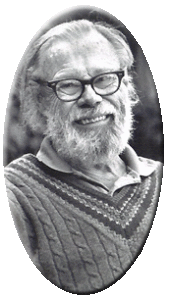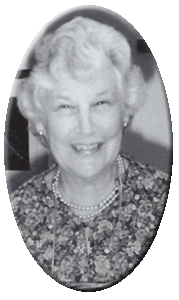Introduction
One of the greatest legacies of nations is the memory of their famous sons and daughters, and the inheritance of their great examples and achievements. The foregoing thought of Benjamin Disraeli nicely expresses the purpose of this book, which is to bring before the interested reader not only major people and events in the history of biology and medicine (commonly overlooked in general history and guide books), but also where to find the various places, building, artifacts, and other memorabilia, associated with them. The scientific discoveries of these people have contributed enormously to our knowledge and understanding (both scientific and aesthetic) of the world, have enriched our cultural heritage, and made life more bearable on a day to day basis.

Daphne M. Pengelley

Eric T. Pengelley
The idea of our work, and this resulting book, was based on the fact that very few people have much knowledge of biological and medical history, even less of their importance and significance, and less still of the places where the major events took place. This book, then, is both a historical guide and a geographical guide. The background work for this has taken several years, during which we traveled whenever time and money were available- – two things hard to come by! We have visited many of the countries of Western and Eastern Europe, as well as North America, where we studied, located and photographed what is recorded in this book. Our task is of course far from complete, and indeed never will be, but we believe there is sufficient here to be of interest and value to many people. Inevitably we had to limit our historical time span which is from the beginning of the sixteenth century to the present. In addition, we have chosen to describe only what we considered to be the most important people, events and places. This is arbitrary, but we did our best.
We were determined that none of what we described should be “secondhand”. Thus almost everything that is described here has been visited and seen by one or other of us, but usually both. Any exceptions are duly noted. The historical accounts are inevitably secondhand, though we have gone to great effort to make them as accurate as possible, but the actual places, buildings, equipment, books, etc., are all described from our own experiences. Of course time has passed since we began this project, and there will no doubt have been some changes, but we believe our accounts will serve as an accurate guide. Our descriptions include not just places associated with specific people, but important libraries, laboratories, botanical gardens, universities, museums, etc., which have played a large part in the advance of biological and medical knowledge.
In addition to actually locating the various places of interest, we have, in almost all cases, included specific instructions of how to get there by various means of transportation. Unfortunately wrong information on this is abundant, as we have often found to our sorrow! We have given the most direct and/or main route, but there are usually many others, often much more pleasant and interesting. Main roads are all too commonly crowded with heavy trucks and not that easy to drive on. This is particularly true for the countries of Western Europe. If time is not of primary concern, our advice would be to get off the main roads.
Where possible we have included information on “times of opening” of the various buildings, museums, etc. We must stress, however, that the times we give were those in effect when we were there. As every traveler knows such things can change rapidly, and it is essential, therefore, to enquire about opening times well in advance if disappointments are to be avoided.
Furthermore, some of the places we describe are not open to the public on a regular basis, and special permission to see them must be made in advance. This can however, usually be obtained by really interested people. At each location, we have given as much information as possible about this, but one should always respect the institutions’ privacy, rules and wishes in this regard.
The book is arranged country by country, and within each country the places of biological and medical interest are listed in alphabetical order. Under these, the events and their surviving historical associations are described, including, where appropriate, short histories of specific people. However, there is extensive cross referencing, because of course people and events have seldom been isolated to one place.
It is with pleasure therefore, that we send you forth on a historical and geographical “trail of discovery” in biology and medicine. We hope you enjoy it as much as we have.
Eric T. Pengelley & Daphne M. Pengelley
